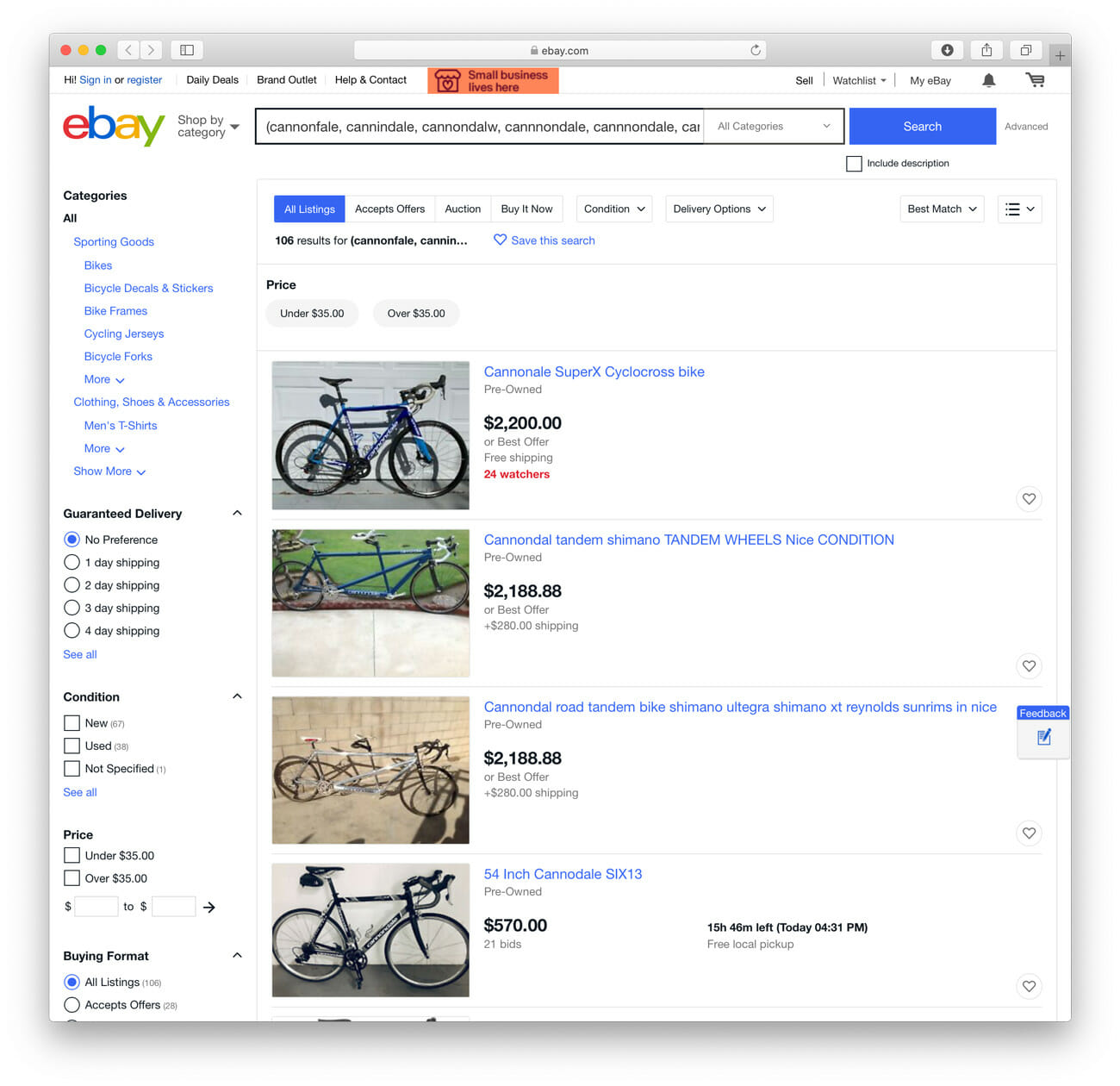It’s the time of year when winter tightens its frosty grip. All at once, it hits. The snow falls. The wind bites. That errand just a short walk away suddenly looks very unappealing.
It’s important to be ready, and that means gear. There’s enough innovation happening right now to get you set for any cold-weather activity, but sifting through technical jargon and comparing features can be a bitter process. We’ve identified some of the key terms and measurements that you should pay attention to when making a purchase.
Down vs. Synthetic
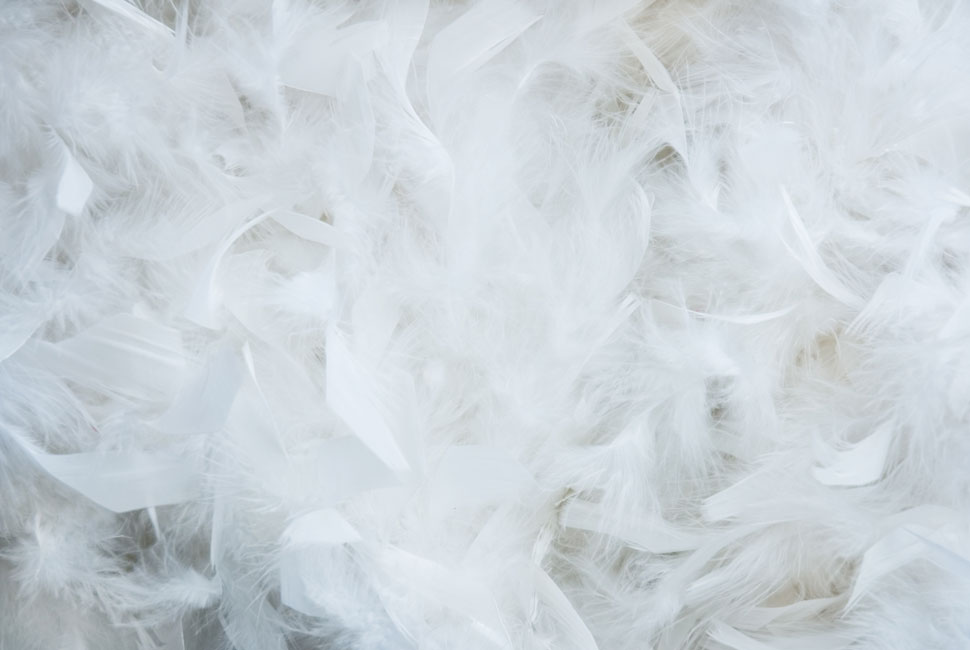
A great insulating piece, be it a jacket or a sleeping bag, is warm, lightweight and packable. Both down and synthetic-filled products offer these qualities, but each has its pros and cons.
Down is found in layers underneath the rougher exterior feathers of ducks and geese — it’s what keeps them warm while floating around all winter, so, naturally, it will keep us warm too. Despite that, moisture is the undoing of down, causing it to clump up and lose its heat-retaining qualities. It also should be noted that while large-scale efforts have been made by big brands such as Patagonia and The North Face, not all down is ethically sourced, and animal cruelty does happen.
Synthetic insulation is man’s attempt to copy down with polyester fibers arranged in different sizes that cluster and trap heat much like real feathers. The artificial version gets the job done and maintains packability and a low weight — plus it’s hypoallergenic. The polyester fibers that make up synthetic products have a higher weight-to-warmth ratio, so they tend to be a bit bulkier. Synthetic does have the benefit of being much more water resistant though; it doesn’t clump when wet like down and it dries much quicker.
As far as labeling is concerned, natural down will always be labeled “down.” You may encounter a fancy first prefix, which usually refers to proprietary waterproofing treatments applied to down, such as Q.Shield by Mountain Hardwear. It should be noted that while the industry is getting better at making down resistant to moisture, no feathers are truly waterproof. Synthetic insulation will also carry proprietary names such as PrimaLoft.
Not sure which to choose? Down is great for cold and dry environments but tends to be more expensive. Take synthetic if there’s a chance it’ll get wet, or if you’re just looking for a break on the price.
Lodge Down Jacket by Canada Goose $495 (750-fill down)
Ghost Whisperer by Mountain Hardwear $350 (800-fill Q.Shield down)
Stretch Thermoball Jacket by The North Face $220 (synthetic)
Micro Puff Hoody by Patagonia $299 (synthetic)
Active Insulation

Until Patagonia released its Nano Air Jacket in 2014, active insulation flew below the radar (the concept was first introduced by Polartec in late 2012). Now there are enough companies making apparel that’s both warm and breathable that active insulation can officially be considered as its own category.
Technically, active insulation is a type of synthetic insulation, (a water-resistant alternative to down), but because of some fundamental differences that make it unique, active should be considered on its own. The technology draws its name from its intended use — active insulation garments are insulating pieces that are meant to be worn during activity (unlike, for example, a down jacket one might throw on after activity, once the body starts to cool down).
Every active piece has one feature in common: they’re incredibly breathable. How this is achieved depends on the insulation used in the jacket, and every company uses a different version. Some are proprietary, like Patagonia’s FullRange insulation, and some, such as Polartec’s Alpha insulation, which was originally developed for the US Special Forces, are sourced by a range of companies.
As with other types of synthetic insulation, active insulation is highly water-resistant and compressible. In comparison to regular synthetic insulation, active is the most breathable form of synthetic insulation available today thanks to a construction that prevents the migration of fibers within the piece while allowing for extra stretch and superior moisture management. Many active pieces are designed with an exterior shell that’s also more breathable but is often softer and less water-repellent than what’s found in other synthetic apparel.
All active insulation, no matter the brand, is designed to prevent lots of layer swaps so that it can be worn throughout the entirety of an activity like hiking, climbing or skiing.
Ascendant Jacket by Outdoor Research $199
Ventrix Hooded Jacket by The North Face $220
Alpha Ascender Hoody by Bight Gear $279
Nano Air Hoody by Patagonia $299
Alpha Direct Jacket by Rab $275
Everyday use can be tough on a backpack. Which is why YETI made the Tocayo Backpack 26 to withstand those rigors and then some. Constructed with a waterproof body, a PU-backed 1000D nylon face and a 210D ripstop backer means it’s durable as hell. A firm EVA padding is built into the base, back and each compartment to keep the bag from tipping over — a very handy feature. Offering plenty of pockets and padded organizational compartments keep it from becoming a bottomless pit, too. Learn more here.
Down Fill Powers
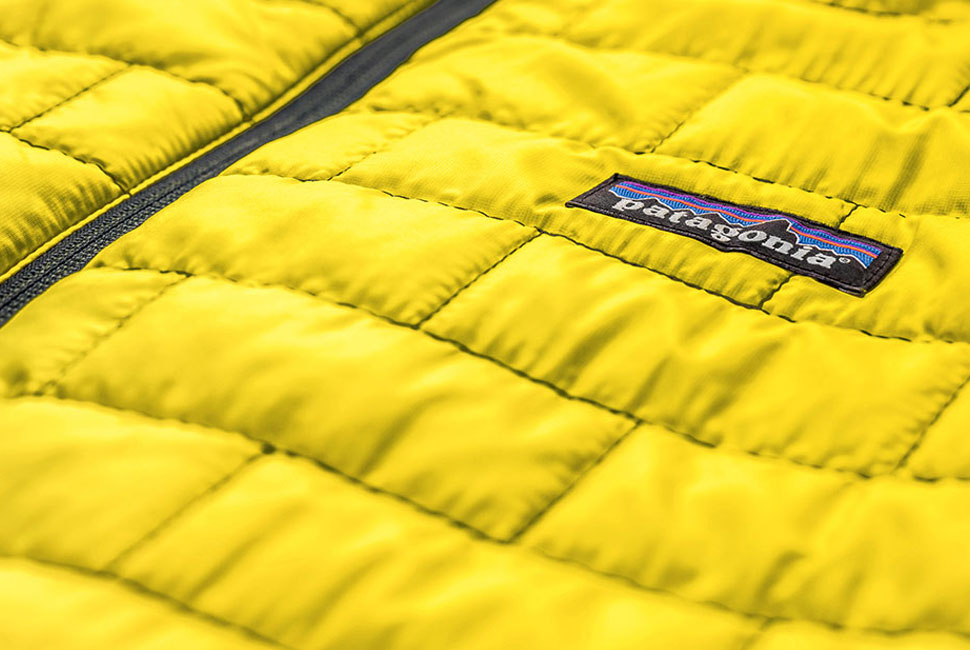
Down fill powers are numerical ratings that usually range anywhere from about 450 to 900. This number comes from a standardized test in which an ounce of down is compressed in a graduated cylinder and then measured for volume in cubic inches; that volume is the fill rating. An ounce of 900-fill down occupies more space (and thus traps more air and provides more warmth) than an ounce of 600-fill down. The two samples weigh the same, but one takes up more space and can trap more air, which means more warmth.
What this boils down to is the idea that a higher fill power means more warmth for less weight. It’s important to note that two jackets or sleeping bags may have different fill ratings while providing the same amount of warmth — the difference is that whichever has the higher rating will pack down to a smaller size because less material is needed to get the same amount of warmth. High down fill powers tend to come with a heftier price tag, so consider what you’re going to use a product for when getting into those loftier feathers.
Transcendent Hooded Down Jacket by Outdoor Research $225 (650-fill)
Thorium AR Jacket by Arc’teryx $244 (750-fill)
Positron Jacket by Rab $400 (800-fill)
Plasma 1000 Alpine Down Parka by Montbell $439 (1,000-fill)
Waterproof and Breathability Ratings
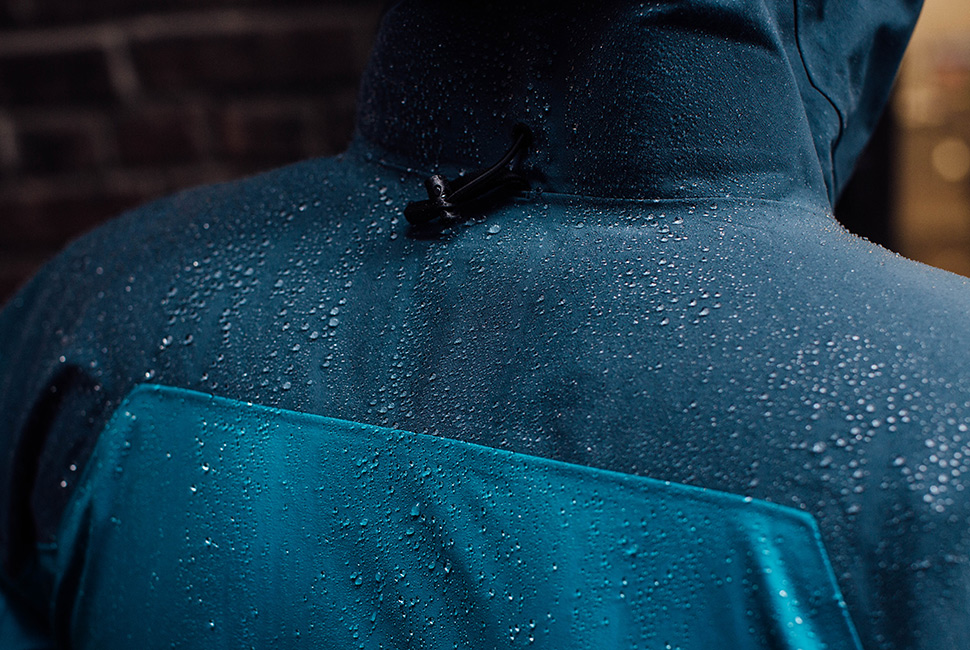
Waterproof breathability ratings should accompany any piece of technical outerwear you might be looking into, from raincoats to ski pants, and will appear as two numbers in the thousands — e.g., 10,000mm / 10,000g. The first number, measured in millimeters, refers to a fabric’s capacity for withstanding water penetration up to a certain amount of pressure. This measurement is obtained through a test in which a 1 x 1 inch column of water is put over the test fabric and filled. The amount at which the column can be filled, in millimeters, before the water penetrates is the waterproof rating. For instance, if the column can be filled up to 5,000mm before the water penetrates the fabric, it receives a 5,000mm rating.
The second number marks a fabric’s breathability by measuring how many grams of water vapor can escape through one square meter of membrane over a period of 24 hours, from the inside to the outside. So if a raincoat has a breathability rating of 10,000g, then that is the amount of water vapor that can escape away from your body over 24 hours of wearing the coat. The higher the number, the more breathable the fabric. If you’re exercising in a jacket or pants, then high breathability is important for allowing perspiration to travel away from your body through the fabric; otherwise, it will get trapped and you’ll overheat. And get soaked in sweat.
Still unclear? The bottom line is that the higher the rating, the more waterproof or breathable the product. A 10k/10k (10,000mm waterproofing and 10,000g breathability, which protects against rain and is waterproof under light pressure) rating is considered a good place to start for most people who spend a decent amount of time outdoors in the winter, on the slopes or around town.
Spearhead Jacket by Armada $300 (10K/10K)
Stadium Pant by Orage $200 (10K/10K)
Nomad Jacket by Strafe Outerwear $525 (15K/15K)
Baker Bib by FlyLow $390 (20K/20K)
Fleece Weight
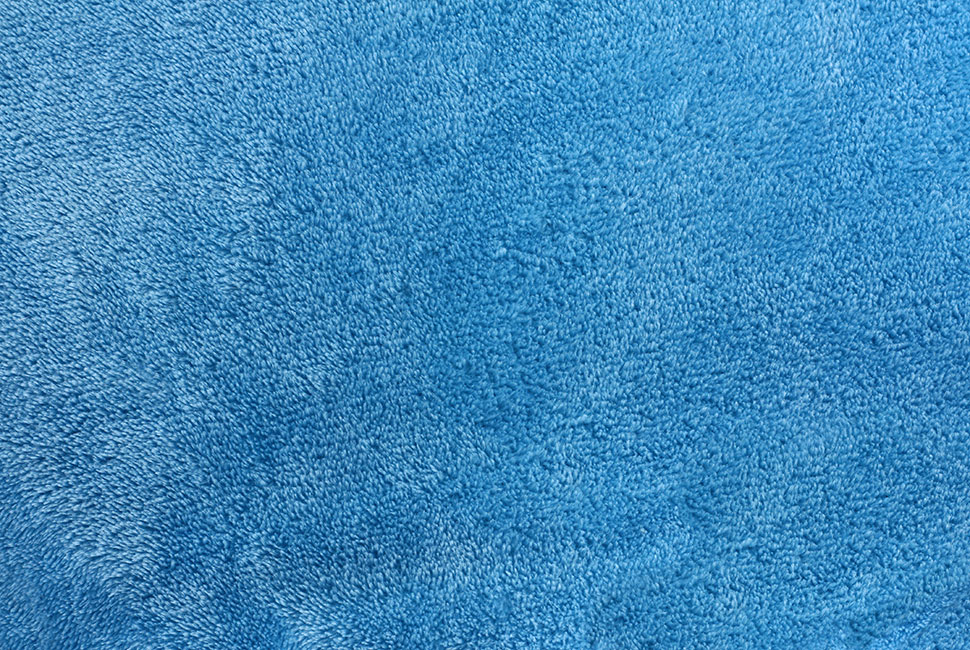
Fleeces are great layering pieces that have been around since Patagonia released their first Synchilla back in 1985. Not much has changed — fleece is still made of a synthetic material called polyethylene terephthalate, or PET — but you should be familiar with the different weights of hydrophobic insulation. Many fleece products use the Polartec scale of 100, 200 and 300, where a higher number designates a loftier, thicker material, which gets you more warmth but also more weight. The scale is less scientific than those related to waterproofing, down fill power, and so on: 100-weight fleece is lightweight, 200 is mid-weight and 300 is heavyweight.
Building the right layering system is a series of choices. Any fleece can be combined with a rain- or windproof shell to protect against the elements. Lightweight fleeces are great for active sports due to added breathability and freedom of movement, while heavyweight fleeces are best for frigid adventures. Mid-weight fleeces are versatile and fit snugly between those two.
Falketind Fleece Jacket by Norrona $159 (200 weight)
Mountain Fleece by Topo Designs $149 (200 weight)
Descender Fleece Jacket by Icebreaker $158 (240 weight)
Synchilla Snap-T Pullover by Patagonia $139 (300 weight)
Merino Microns
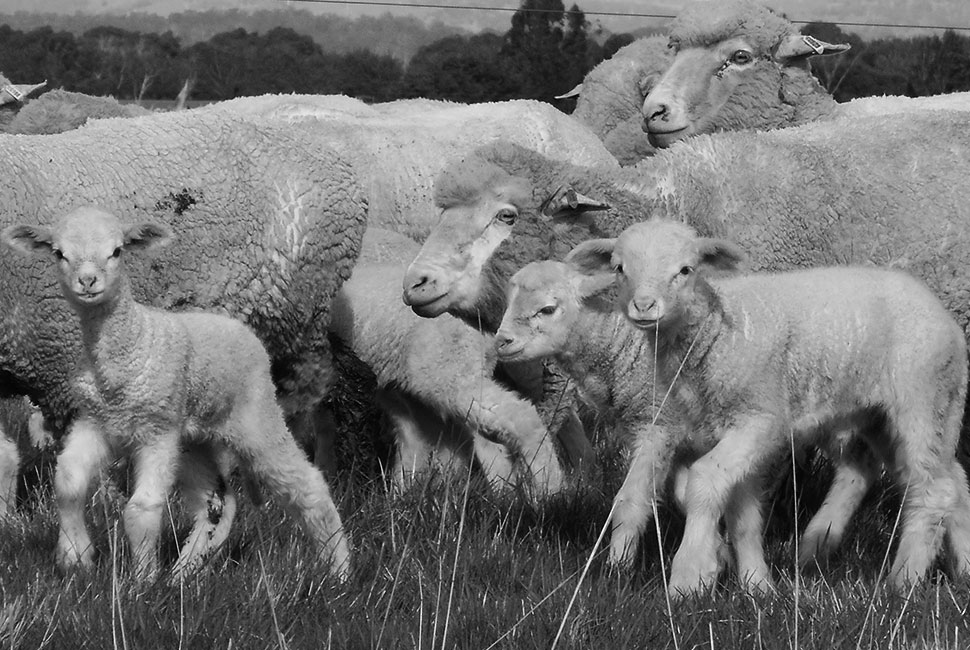
Merino wool is a miracle fiber that comes from the Merino breed of sheep — it’s quick drying, static resistant, breathable, and naturally antimicrobial, which means it doesn’t stink up like polyester or cotton. It also doesn’t itch, which is reason enough to only wear merino when it comes to wool.
But alas, not all wool is created equal. Merino’s anti-itch quality comes from the small diameter of its fibers, which is measured in microns; the smaller the micron measurement, the thinner the fiber and the softer the wool. For reference, fine Merino wool usually measures between 17 and 24 microns while some common sheep species produce wool that can measure up to 40 microns, which is probably what the itchy sweater you’re thinking about is made of. There aren’t many companies that specify the exact micron measurement they use, but some, including Ibex and Ortovox, do.
Be wary of blends. Some products with the Merino moniker can contain 50 percent or less of the wool, but this is almost always called out in the product tech specs. Shoot for at least 65 percent Merino to keep the benefits.





